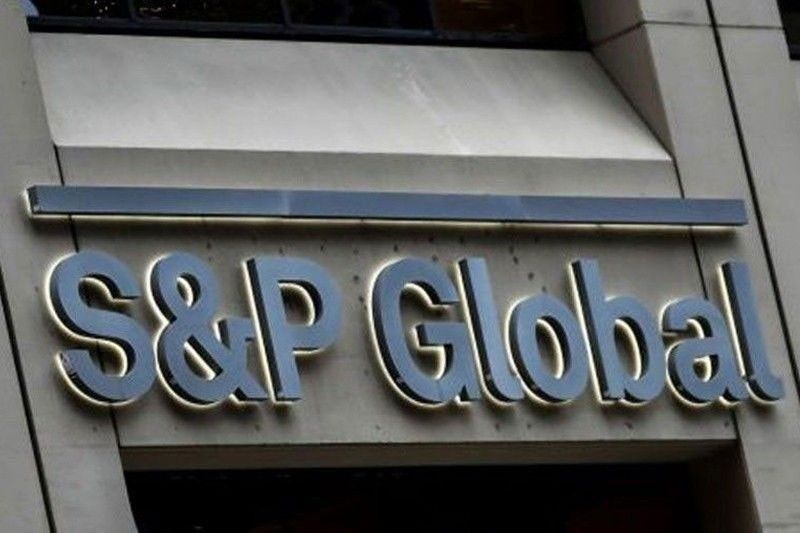‘Efficient infrastructure to drive growth in emerging markets’

MANILA, Philippines — A significant improvement in infrastructure and logistics will help support economic growth for emerging markets in Asia, including the Philippines, through higher infrastructure investments on top of efficiency gains, according to S&P Global Ratings.
In a report by S&P Asia-Pacific economist Vishrut Rana and chief economist Louis Kuijs, the debt watcher said economies can unlock higher growth rates through more efficient use of infrastructure.
“Improved infrastructure performance raises an economy’s productive capacity. Firms need to be able to easily, quickly, and cost-efficiently source and ship inputs and products to maintain smooth operations and boost competitiveness,” the authors said.
Rana and Kuijs said public fixed investment assets are low in the Philippines. However, they said the country’s public-private partnership capital assets are higher than global averages or about 6.7 percent of gross domestic product (GDP), which could add to the available total public assets.
The logistics performance index (LPI) scores of the Philippines, or the World Bank’s measure for infrastructure delivery, have also improved significantly since 2014.
However, as emerging market (EM) economies grow, they need to invest more to maintain enough infrastructure compared to the larger global economy.
“Emerging Asia has higher growth rates than the global median: just sustaining the capital stock relative to the economy requires meaningful investment,” Rana and Kuijs said.
Moreover, emerging market economies in Asia would have to grow their capital stocks relative to the size of the economy to support higher income levels.
“This means there are three investment requirements for economies: replace and maintain depreciating capital, support the growth of the economy to ensure adequate levels of capital stock relative to the economy and grow capital stocks relative to the economy to unlock higher growth rates,” they said.
Emerging market economies in the region could also use creative options to improve infrastructure delivery.
“Such efficiency gains are significant as the pandemic eroded the available public funding for infrastructure outlays in the region. This means growing public infrastructure assets may be harder,” they said.
Meanwhile, improving soft infrastructure is crucial to improving overall infrastructure efficiency. Soft infrastructure refers to the social and institutional frameworks that enable economic activity, innovation and societal well-being.
Streamlining regulations, process improvements, more efficient maintenance and enabling greater private sector participation are some examples of soft infrastructure.
“Streamlining customs procedures or deregulating tariffs on utilities can smoothen logistics performance, improve returns, and increase the efficiency of existing investment,” Rana and Kuijs said.
“The soft approach can yield material benefits and minimize lower direct public sector capital outlays. They said that Vietnam, Indonesia, and the Philippines have tighter bottlenecks around soft infrastructure and may gain more from this area,” they said.
The government ramped up its infrastructure spending to P118.9 billion in April, 36.2 percent higher than the P87.3 billion in the same period last year.
The substantial increase was due to the spending performance of the implementation of the Department of Public Works and Highways infrastructure projects.
These include the construction, repair and rehabilitation of roads, bridges and flood control structures, as well as the construction of administrative, hospital and multi-purpose buildings.
- Latest
- Trending






























